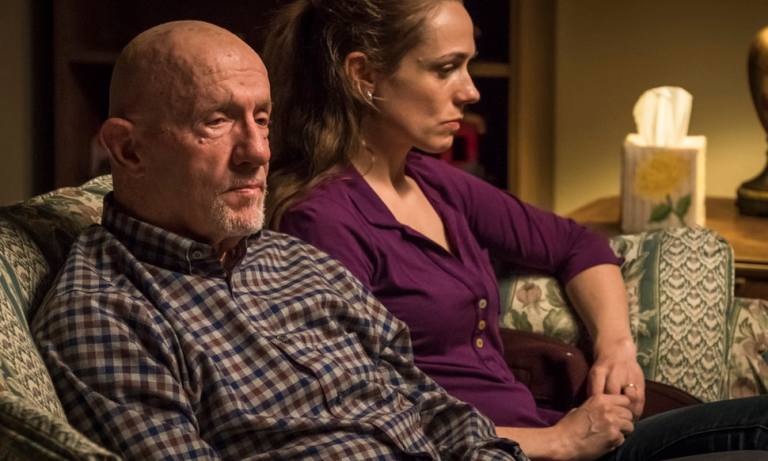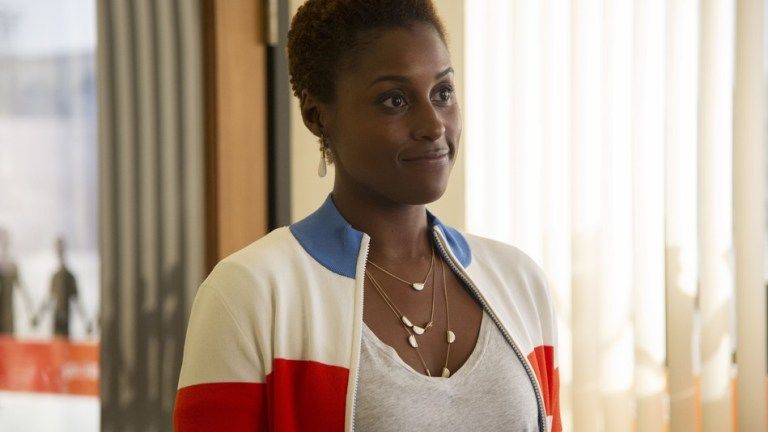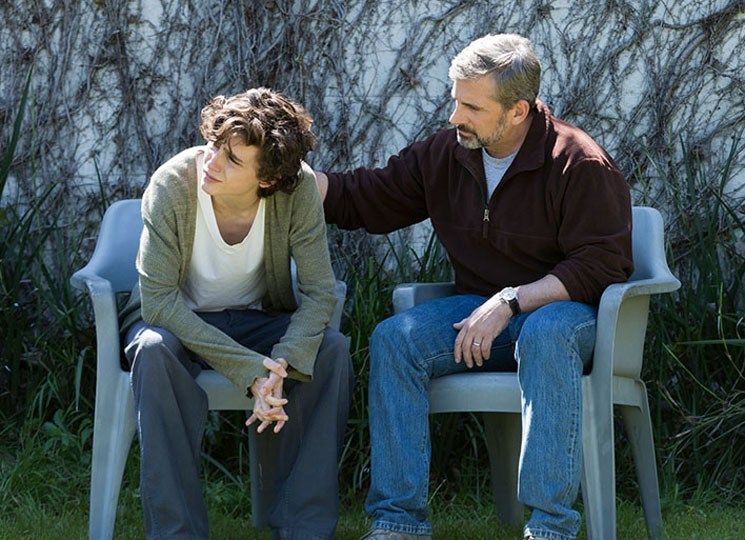
The Conflicted Protagonist
Minor spoilers ahead for Widows, A Star is Born, Better Call Saul, and A Beautiful Boy.
From the L.A. Screenwriter collection.
As often as we all strive for perfection, we rarely appreciate it when we see it in others—including characters in stories. The woman that never has a bad day, the co-worker that’s never in a bad mood, and the man who hits the lottery every time he plays all suffer from the same narrative disease—they are all annoying and quickly become boring.
Ironically, many of us create characters plagued with the same disease. While flat characters that serve a single narrative purpose have their place in stories, protagonists, antagonists, and significant supporting characters are far more compelling when they are multi-layered, which means they have flaws as well as likable qualities.
Where does one draw the line? Can a character’s flaws actually cause them to cross over into unlikability? Are there actions she or he can take that the audience will never forgive over the course of the story? This can vary from viewer to viewer. For example, I am unable to ever feel empathy for a character if I see him abuse a woman. Others have similar sensitivities to character conflicts involving mistreating children, discrimination, and heteronormative behavior.
While few characters will hold appeal for every audience member, here are four approaches to flawed characters that decrease the chances of alienating your audience in the process.
My Own Worst Enemy
Audiences sensitivities usually revolve around how a character treats others. Most audiences have a great deal of empathy for characters that function as their own worst enemies. This is likely because we have all fallen victim to self-inflicted mistakes. In other words, we can relate. While this approach may involve the character making decisions that end up affecting others negatively, the wound inflicted by the character should impact that character most significantly, especially if that wound is internal.
Jack’s alcoholism in A Star is Born affects those in his sphere, but no one loses more than he does as a result of his behavior. In a completely different genre, Bruce learns that he has been blind to the fact that he is actually more responsible for his problems than anyone in the comedy classic, Bruce Almighty. In Widows, Veronica comes to terms with the fact that turning a blind eye to her husband’s dark side has now turned her into her own worst enemy, who must be defeated before she can face the external enemies after her.

The Kind-Hearted Killer with a Code
We tend to give lots of grace to people who make horrible mistakes if we view them as kind people. Establishing that a character is kind before showing the ugly underbelly of their personality can go a long way in keeping the audience on board for their journey. A number of stories, such as Dexter, have made audiences empathetic towards those who commit the worst imaginable act by showing that they are kind to or protective of children, the weak, or the vulnerable. Seeing that someone is not all bad, can be as important as establishing that they are not all good, either. Even when we see a character commit awful offenses, we psychologically rationalize it if we like the character and have established that their actions are a part of some code of ethics.
Mike Ehrmantraut kills a character we greatly empathize with in the latest season of Better Call Saul, but because we have established Mike’s compassion and care for his granddaughter and the difficulty he undergoes when carrying out the actions of the code he has chosen to live by, we still support him as a character.

The Self-Aware Screw Up
Those who seem unaware of their own selfishness and bad behavior often strike us as the worst to interact with. Unless coming to a sense of self-awareness will be a key element in your character’s arc, those who lack recognition for those around them are difficult for the audience to connect with. However, we tend to go a long way with those who are aware of their own shortcomings.
Issa makes decisions that hurt those she is in relationship with in "Insecure," but we constantly root for her to learn from these decisions because she is so quick to own up to her mistakes. Those who can muster up the strength to apologize when they fall prey to their worst inclinations garner even more favor with audiences. We can attribute this to the fact that audiences enjoy seeing characters that represent the best of who we would like to be.

The Sacrificing Sinner
Characters with faults in one area can make up for it, in the audience’s mind, by sacrificing in some other area. This communicates an understanding of our own experiences when we are forced to navigate the nuanced decisions we are constantly faced with in life. We are usually moved by seeing sacrifice, especially when that sacrifice involves a character’s own pride. In Beautiful Boy, David must finally admit his own powerlessness to help his son. Only then can he complete the archetypal journey his character is on and actually empower his son to fight his own dragons.
*Feature Photo: Bradley Cooper in A Star is Born / Warner Bros. (2018)

